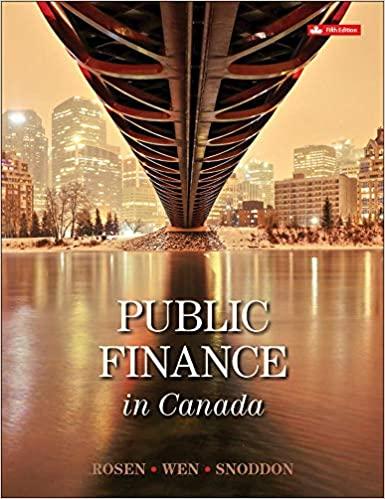Problems 85 (a-6) a. Find the present values of the following cash flow streams. The appropriate Uneven Cash interest rate is 8 percent. (Hint: It is fairly dealin Fow Stwith the individual cash flows. However, if you have a financial calculator easy to work this problem read the section of the manual that describes how to enter cash flows such as the ones 1n this problem. This will take a little time, but thc investment will pay huge dividends throughout the course. Note, if you do work with the cash flow register, then you must enter CFO =0.) Year Cash Stream A $100 400 400 400 300 Cash Stream B $300 400 400 400 10 b. What is the yalue of each cash flow stream at a 0 percent interest rate? (2-7) Find the interest rates, or rates of return, on each of the following: Effective Rate a. You borrow $700 and promise to pay back $749 at the end of 1 year of Interest b. You lend $700 and receive a promise to be paid $749 at the end of 1 yeer c. You borrow $85,000 and promise to pay back $201,229 at the end of 10 ears. d. You borrow $9,000 and promise to make payments of $2,684.80 per year for (2-8) Find the amount to which $500 will grow under each of the following conditions Value a Varous . 12 percent compounded annually for S years b. 12 percent compounded semiannually for 5 years Perlods c. 12 petcent compounded quarterly for S years, d. 12 percent compounded monthly for S years (2-9) Find the present value of $500 due in the future under each of the following Present Value conditions: 12 percent nominal rate, semiannual compounding, discounted back S years. 12 percent nominal rate, monthly compounding, discounted back 1 year Perods b, 12 percent nominal rate, quarterly compounding, discounted back 5 years (2-10) Find the future values of the following ordinary annuities Proods b. FV of $200 rach 3 months for 5 years at a nonina rate of 12 percent,com FV of$400each 6 months for 5 years at and minat rate of 12 per pounded semiannually t, com-, ftury for Varna. riy for Various pounded quarterly The annuities described in parts a and b have the same amount of money paid into them during the 5-year period and both earn interest at the same nominal rate, yet the annuity in part b eartis $10175 more than the one in part a oyer the 5 years. Why does this occir? percent interest, compounded annually, on time deposits 6 percent interest, compounded quarterly. sed on effective interest rates, in which bank would you prefer to deposit rdhy the fact that you might want tro







